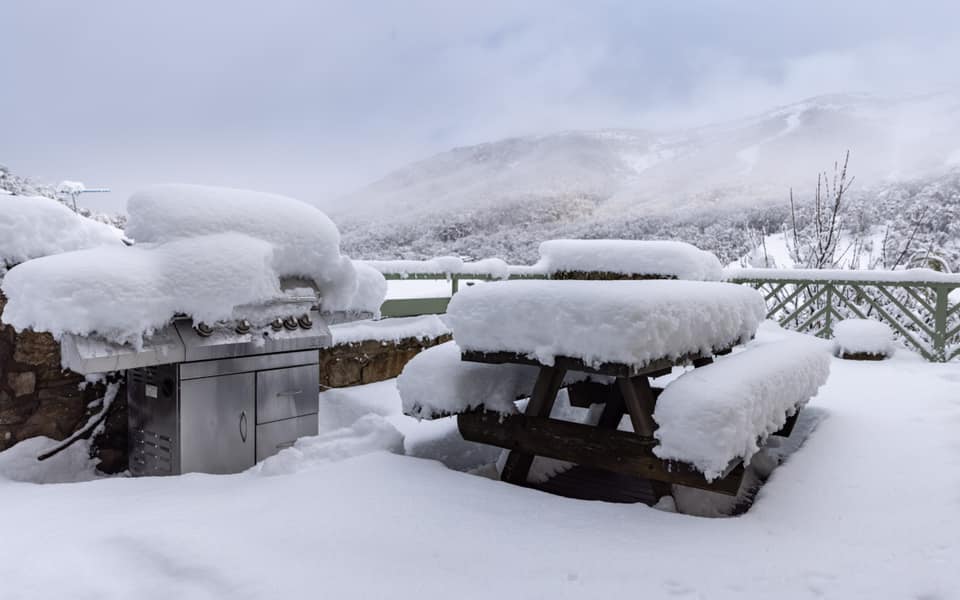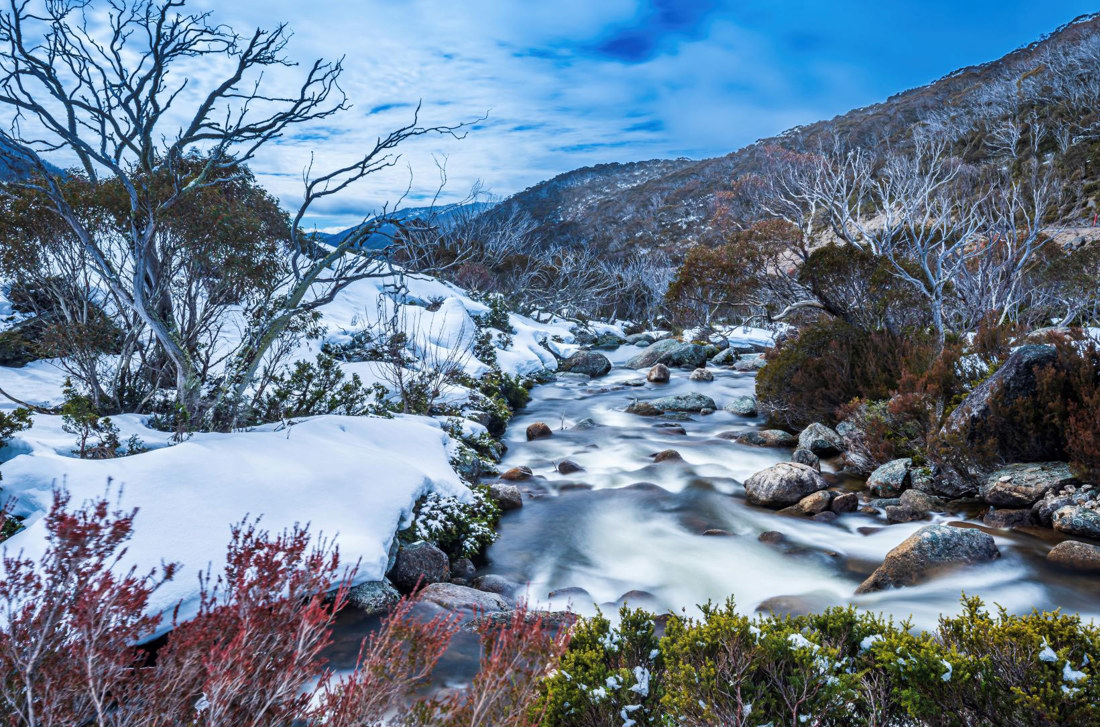Comprehending the Value of Snow in Australia for Agriculture and Tourism
While Australia is often connected with sun-kissed coastlines and dry wilderness, it likewise boasts a wealth of snowy alpine regions. The snow that coverings these areas is much more than a picturesque landscape attribute. It acts as a lifeblood for the nation's farming and a driving pressure for a lucrative tourist sector. As we explore this unexpected junction, the potential impact of shifting climate patterns on Australia's snowfall and its succeeding results end up being an engaging emphasis.

The Unexpected Snowfall: Australia's Alpine Regions
When winter season cloaks the globe, Australia's Towering areas don a white mantle of snow, a phenomenon that seems virtually paradoxical in this dominantly sun-baked land. Contrary to the stereotypical image of Australia as a land of deserts and coastlines, these areas supply a surprising and stunning comparison. The Australian Alps, stretching across New South Wales, Victoria, and the Australian Resources Area, get even more snowfall than Switzerland. This unexpected winter wonderland offers a special community, providing a habitat for a number of indigenous species and a snowy playground for wintertime sports enthusiasts. The yearly snowfall, although not as bountiful as in some countries, is a vital facet of Australia's environment diversity and plays a substantial duty in the country's farming methods and tourist market.
Winter months's Bounty: Snow's Payment to Australia's Water Resources
Despite its rarity in the broader landscape of Australia, snow in the Alpine areas plays an important role in the country's water sources. Serving as an all-natural storage tank, the snowpack stores water throughout the cool months, slowly launching it right into rivers and dams as it melts in warmer periods. This process makes sure a steady supply of water, helping in the stablizing of the nation's water cycle. This is specifically essential for Australia, a continent regularly pestered by dry spells. The snowmelt feeds right into the Murray-Darling Basin, a lifeline for many communities in the southeastern components of the country. Without the bounty of winter snow, Australia's water sources would be considerably stressed, impacting see both the population and the environment.
White Covering, Environment-friendly Area: The Impact of Snow on Australian Farming
Although less noticeable, the influence of snow on Australian agriculture is significant. Snowfall boosts soil health by introducing wetness and trapping nutrients, which are gradually launched as the snow melts. Hence, the function of snow in Australian farming is both complex and essential.

Cold Money: Snow Tourism and Its Economic Relevance in Australia
While the worth of snow to Australian agriculture is commonly informative post taken too lightly, its contribution to the nation's tourist market is unquestionably considerable. The snow-laden tops of Australia's towering regions bring in a flurry of travelers every winter months, adding millions to the national economy. These visitors take part in a selection of snow-based tasks, from winter sports and snowboarding to snowshoeing and sledging. The thriving snow tourism sector has led to the creation of various tasks, from ski instructors to resort staff, reinforcing local economic situations in the process. In addition, the earnings produced from snow tourism aids fund numerous facilities projects and necessary solutions in these regions - Does Australia Get Snow. Thus, the economic relevance of snow tourism in Australia expands far beyond the inclines.
Future Forecast: Climate Change and Its Possible Effects on Australia's Snowfall
As the globe grapples with the reality of climate change, so also must Australia contemplate its possible effects on the nation's snowfall. Existing clinical versions anticipate a reduction in Australian snowfall, with potentially extreme influence on both agriculture and tourism. In some locations, the snow season can be shortened by approximately 80 days by 2050. Such adjustments intimidate the feasibility of Australia's ski sector, which contributes substantially to the local economy. In a similar way, less snowfall from this source could also impact the nation's agricultural field, as snowmelt plays an essential role in watering crops. The potential results of these changes highlight the seriousness of climate change reduction initiatives, both in Australia and around the world.
Verdict
In conclusion, snow is a crucial component of Australia's farming and tourism markets. The impending threat of climate modification raises concerns about the future of Australia's snowfall patterns, potentially interfering with these significant economic fields.

When winter cloaks the globe, Australia's Towering areas wear a white mantle of snow, a spectacle that appears almost paradoxical in this dominantly sun-baked land.Despite its rarity in the broader landscape of Australia, snow in the Alpine regions plays an essential function in the country's water resources. Without the bounty of wintertime snow, Australia's water resources would be significantly strained, affecting both the atmosphere and the populace.
Thus, the financial importance of snow tourism in Australia prolongs much past the inclines.
In verdict, snow is an essential element of Australia's agricultural and tourism sectors. Does It Snow In Australia.